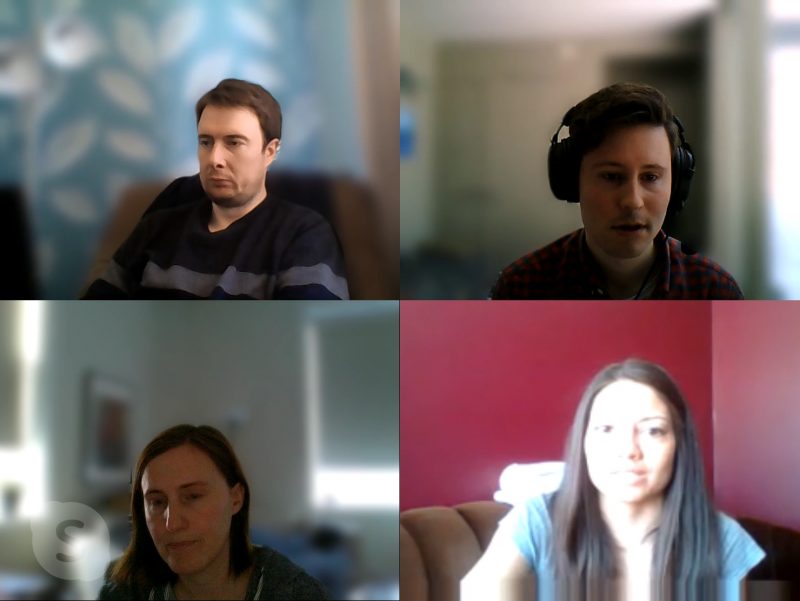
The Manitoba COVID-19 Report launched on March 21 and is updated weekly.
Isolated medical students provide weekly COVID-19 updates
A group of students from the Max Rady College of Medicine are using their time of social distance to provide clear information during the COIVD-19 pandemic.
The Manitoba COVID-19 Report is a weekly newsletter that has been published three times since it was launched March 21. Targeted at medical professionals, the newsletter pulls together the latest evidence found on the virus based on questions from the medical community.
“These are strange times and difficult to navigate,” said fourth-year medical student Andrew McDermid, one of the first students to join the newsletter’s team. “Many final year students were finding themselves idle or self-quarantined, and this newsletter allows us to make meaningful contributions.”
The newsletter’s growing team currently includes 22 medical students, one resident, five fellows and 10 librarians. They meet regularly via online platforms like Skype and Zoom.
“With modern technology we have been able to work while respecting social distancing guidelines and also include those who were self-quarantined,” McDermid said.
Every week the team prioritizes questions in six different categories: treatment; clinical description and epidemiology; testing, surveillance and diagnostics; infection, prevention and control; public health interventions; and pediatrics.
“Priority is based upon discussion in several meetings leading up to every new cycle,” McDermid said. “We strive to offer evidence and context to questions coming from the health-care community and often address hot topics surrounded by misinformation in the media.”

Medical students Andrew McDermid, Roy Hutchings and Pamela McIntosh meet with fellow Milena Semproni (bottom right) over Skype.
The newsletter originated through Dr. Jared Bullard an associate director at Cadham Provincial Laboratories, where scientists are conducting COVID-19 tests.
“A lot of questions were being asked of me and my colleagues, and quite frankly we didn’t have the time to sit down and look at them all,” said Bullard, who reached out to Dr. Ira Ripstein, associate dean of Undergraduate Medical Education for some student support.
“I came up with the vision and criteria and what questions should be asked to start, but the medical students have really taken ownership of it and are doing a great job,” Bullard said.
Bullard, who is also an associate professor with the departments of pediatrics and child health and medical microbiology/infectious diseases, said the newsletter is distributed to about 9,000 medical professionals in Canada.
“The thinking behind it was there could certainly be family doctors who could benefit from some of the information, but it goes across the board,” he said. “Public health doctors and infectious control people are also using it, and it’s even gone beyond provincial borders. I know the Royal College of Physicians and Surgeons has adopted it, which is great.”






